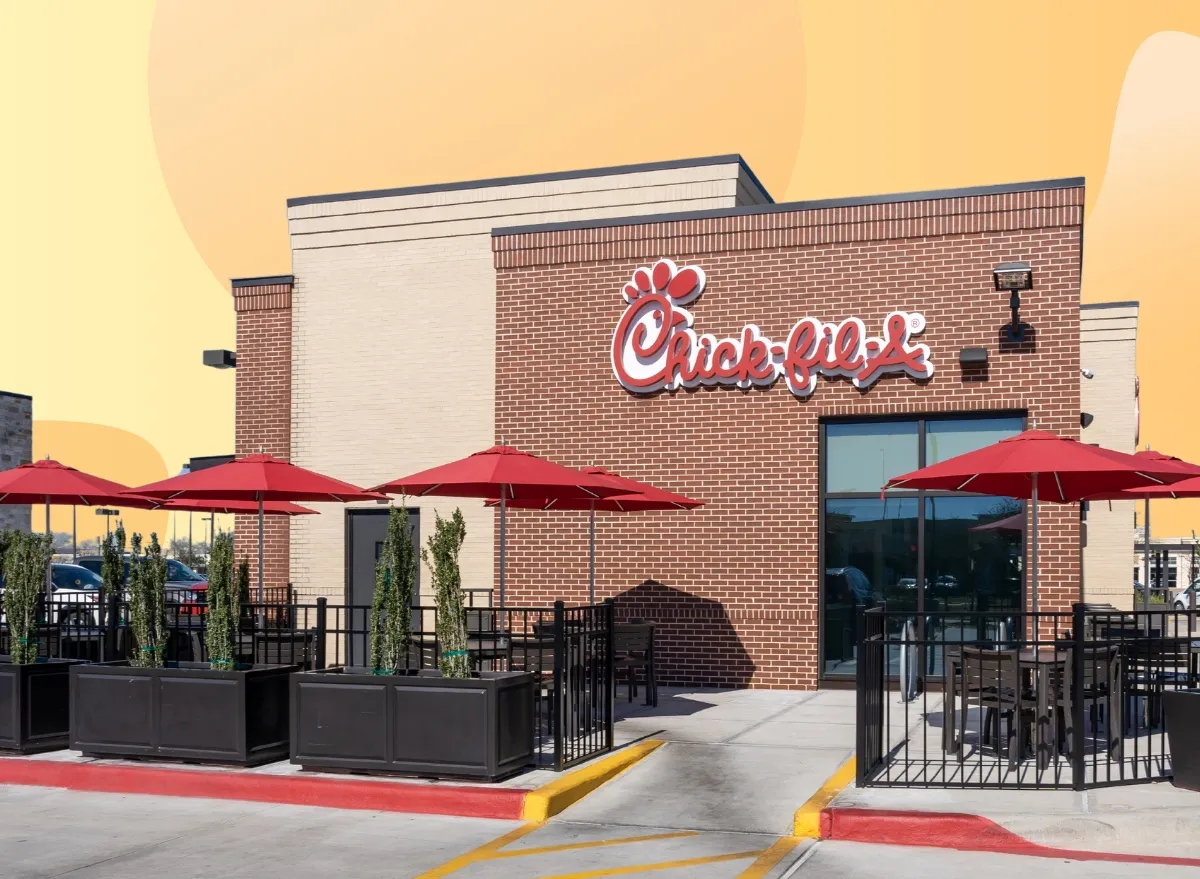For quite some time now, it’s appeared that Chick-fil-A can do no wrong. While undeniably a southeastern institution for decades, the iconic chicken brand has enjoyed massive, unprecedented national success lately, rising through the ranks to become America’s third-largest fast-food chain in terms of sales. The Atlanta-based chain has seen record-breaking profits year after year and a constant stream of rave reviews from countless customers.
According to Nation’s Restaurant News, the privately held company recorded over $21 billion in sales last year, doubling its total revenues from 2018.
Besides selling chicken sandwiches at the speed of light, Chick-fil-A has long ranked among the best in terms of customer service and consumer sentiment. Still, there have been signs the chicken chain is starting to slip. Chick-fil-A ranked #1 in the fast-food category of Newsweek‘s annual America’s Best Customer Service survey for three consecutive years before dropping to number two in the 2023 and 2024 editions. Similarly, after claiming #1 status in 2023, the chicken brand fell to third place in USA Today‘s 2024 version of its 10 Best Readers’ Choice Awards for fast food restaurants, ranking behind both KFC (#2) and Del Taco (#1).
While it would most certainly be an overreaction to institute sweeping changes to Chick-fil-A’s business model in response to the aforementioned survey results, it’s still quite clear the chain can’t simply sit on its figurative laurels and expect record profits to continue indefinitely. After all, success today certainly doesn’t guarantee the same results tomorrow, and that saying rings especially true in the fast-food game. In an industry filled with so many impressive and long-tenured competitors with a Big Mac-sized stranglehold on their market share, every fast-food brand must constantly reinvent itself in pursuit of the ever-evolving average consumer’s hard-earned dollar.
Luckily, Chick-fil-A is more than up to the task. The fast-food chain known for ingeniously simple and delicious chicken sandwiches and waffle fries has always had something of a penchant for innovation. After all, Chick-fil-A has long told the public that “We Didn’t Invent the Chicken, Just the Chicken Sandwich.” While that particular claim probably isn’t true (ads placed in African-American newspapers mention fried chicken sandwiches as early as the 1930s), Chick-fil-A was the first national restaurant chain to go with a fried chicken sandwich as its signature menu item.
Today, the fast-food brand is in the midst of multiple ambitious changes and adjustments with an eye toward even happier customers and more streamlined business in general. Let’s take a look at five major changes underway at Chick-fil-A in 2024.
Ambitious Menu Changes
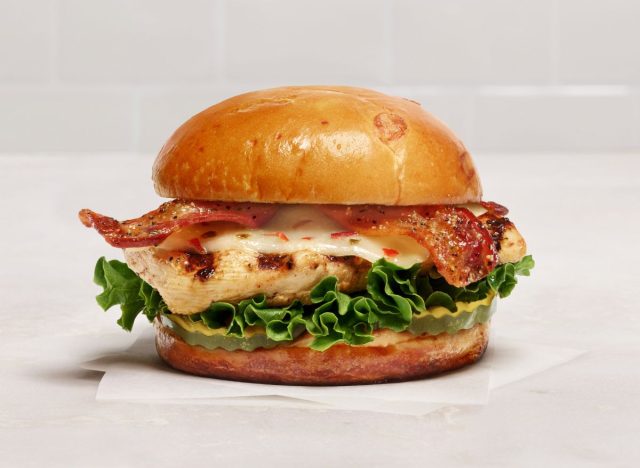
Historically, Chick-fil-A has always relied on a simple, no-frills menu, but this year has seen the chicken chain become a bit more adventurous, at least on a limited-time basis. Earlier this summer, a new seasonal entrée was introduced: The Maple Pepper Bacon Sandwich.
Only available while supplies last at participating locations nationwide until Aug. 24, the new sandwich features a tantalizing lemon herb-marinated boneless breast of chicken, grilled for a tender, smoky taste. The new sandwich also boasts a buttery and toasted maple flavored brioche bun to go along with Pepper Jack cheese, green leaf lettuce, sweet and spicy pickles, and bacon that’s been hand-tossed in a brown sugar and pepper blend.
Meanwhile, a TikTok rumor posted earlier this month had tons of Chick-fil-A fans up in arms over the prospect of the chain doing away with its signature waffle fries. The rumor turned out to be false, with Chick-fil-A even releasing a statement assuring customers the beloved waffle fries aren’t going anywhere. Notably, however, the fast-food chain is indeed experimenting with a new waffle fry recipe. While this is still just a trial run, Chick-fil-A says the new recipe uses a blend of starches that promotes more crispiness.
A Pledge to Reduce Food Waste
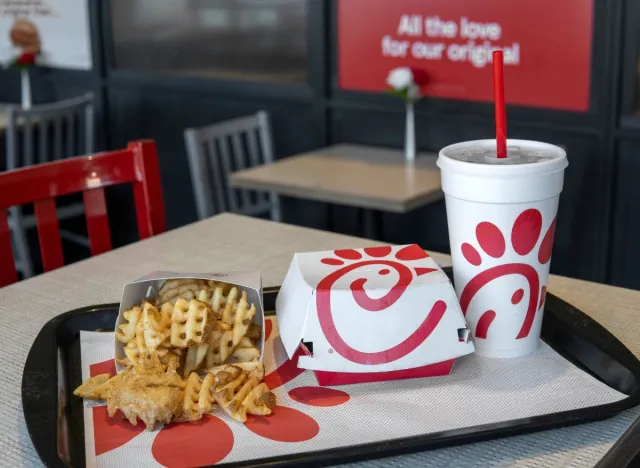
For many people nowadays, picking out a place to grab a bite to eat depends on more than just flavors and prices. More and more modern customers are putting their morals where their money is, refusing to patronize restaurants and brands they believe follow questionable business practices.
Earlier this year, Chick-fil-A announced a noteworthy commitment to reduce its food waste footprint in a major way. The chain is set to become the first restaurant company to join the United States Food Waste Pact, a national voluntary agreement launched late last year intended to assist food businesses in reducing food waste levels.
Based on a “Target, Measure, Act” framework, the new pact is all about more stringent documentation and reporting of food waste data as a means of better understanding the scope of the problem. The initiative also calls for collaboration among members in order to produce new, worthwhile solutions. All in all, the pact aims to lower and prevent wasted food by a full 50% by the end of this decade. For Chick-fil-A specifically, the company plans to divert 25 million pounds of food waste from landfills by 2025.
An All-Digital Initiative
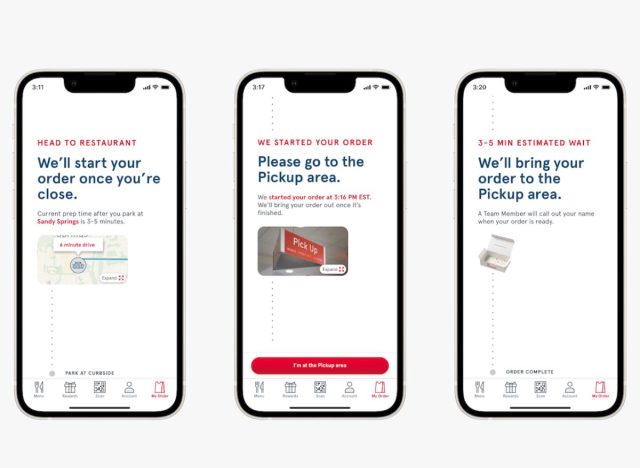
The age of automation is upon us, and Chick-fil-A has no intention of being left behind as many of the biggest fast-food companies continue to implement varying degrees of automation and AI integration. This past March saw the fast-food brand launch its very first mobile pickup restaurant in New York City. The location offers absolutely no ordering kiosks, menu boards, or front-of-house staff. Instead, the restaurant is essentially divided into two areas; one for couriers to pick up orders placed online for delivery, and another area for customers to pick up digital orders placed online or using the Chick-fil-A app themselves. Oh, and there are no chairs either.
The whole concept probably sounds bizarre to some, why not offer guests a place to sit or another way to order? Well, digital sales make up a major portion of Chick-fil-A’s business right now, accounting for over half of sales in certain markets, according to Restaurant Business. In NYC specifically, digital sales alone exceed all sales in some other cities. This prototype restaurant is smaller than the average Chick-fil-A location, employs less staff, and represents an exciting way for the restaurant chain to experiment with new ways of meeting modern consumer needs. If the location proves to be a hit, one can safely assume more mobile pick-up only units will be on the way.
Expansion Everywhere
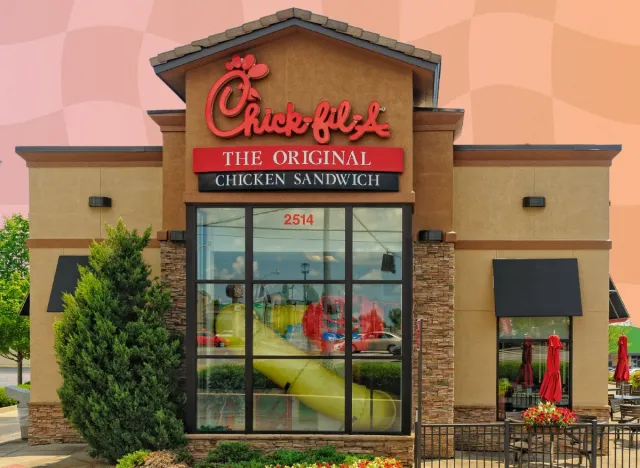
Domestic expansion has hardly been a problem for Chick-fil-A. Currently operating over 3,000 restaurants all over the United States, the Atlanta-based chain has consistently opened about 100 new domestic locations annually over the past few years. This year has been no different. In 2024, a number of new Chick-fil-A units have popped up all over the USA, including locales like La Jolla, Calif.; Yonkers, N.Y.; Miami Shores, Fla.; and Parsippany, N.J. The chicken brand also recently opened two new drive-thru-only locations in Vero Beach, Fla. and Riverside, Calif.
Domestic matters aside, Chick-fil-A is also prioritizing international expansion mightily. The chicken chain hopes to have a presence in both Europe and Asia by 2025 and a total of five international markets by 2030. Plans were also released late last year for Chick-fil-A restaurants to open in the United Kingdom by early 2025. The restaurant chain aims to have five locally owned and operated locations in the United Kingdom by the end of 2027.
A bit closer to home, a flurry of new Chick-fil-A units is coming to Canada. According to NRN, two new restaurants will open in Alberta this year, and up to 20 are planned for the province by 2030.
Antibiotic Policy Shift
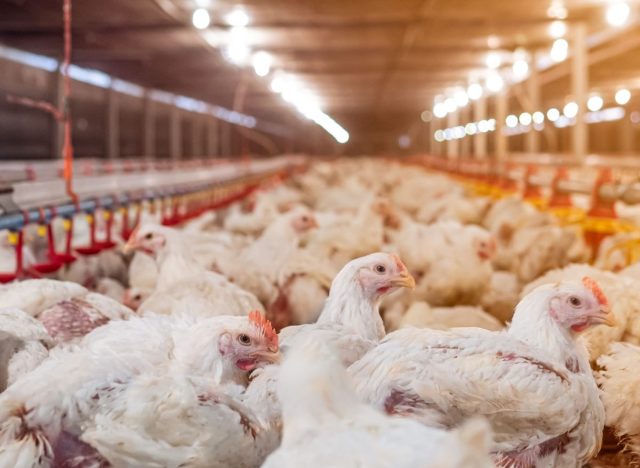
In a change sure to raise more than a few eyebrows, Chick-fil-A announced this spring a fairly substantial change to its antibiotics-free policies. Due to supply chain issues, Chick-fil-A is transitioning from chicken raised with No Antibiotics Ever (NAE) to poultry raised with No Antibiotics Important to Human Medicine (NAIHM). The company had previously pledged to only serve chicken raised entirely without antibiotics in 2014.
According to Chick-fil-A, these changes are intended “to maintain supply of the high-quality chicken you expect from us,” Reuters reported. The chain also added that permitted antibiotics are not important to human health, and only provided “if the animal and those around it were to become sick.”
While this change may sound fairly unappetizing at first, it’s worth keeping in mind this is hardly a problem unique to Chick-fil-A. Both Tyson Foods and Panera Bread both recently made similar announcements regarding their antibiotic policies. Additionally, other major fast food brands’ antibiotic policies (McDonald’s, KFC, Papa Johns) already allow poultry raised with NAIHM to be sold.

